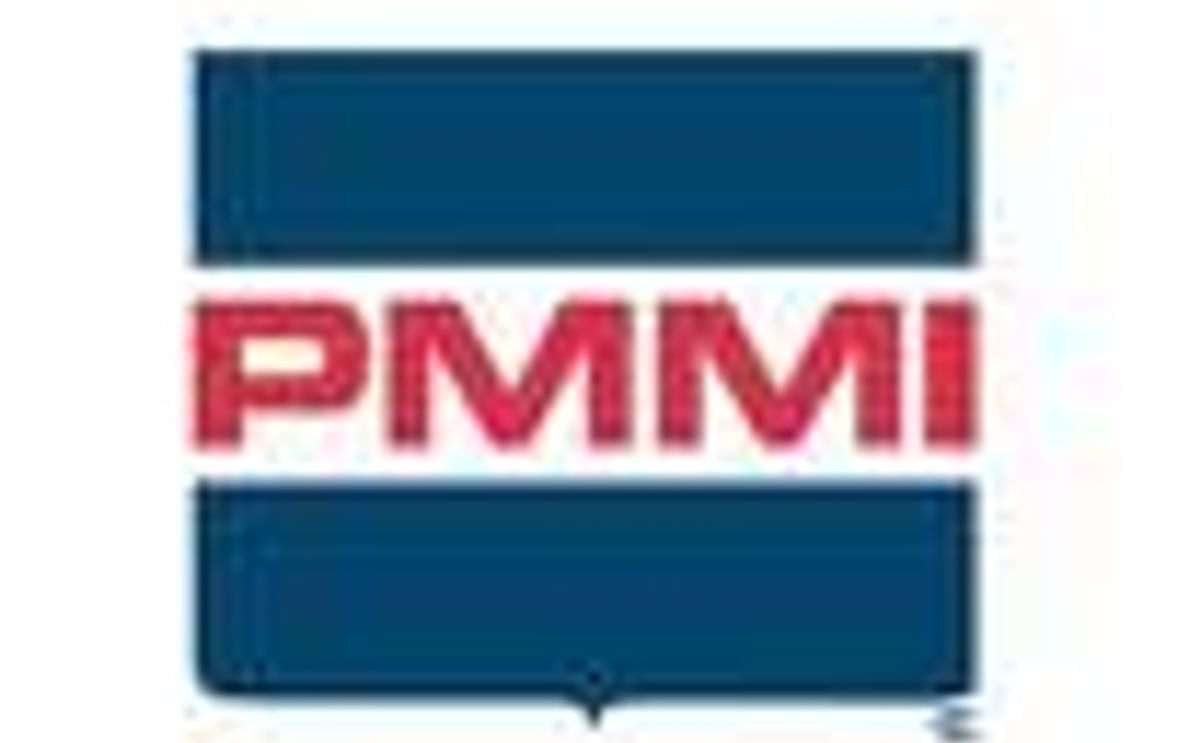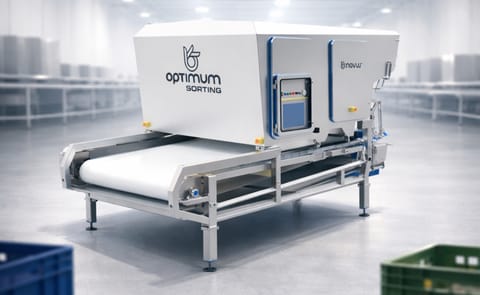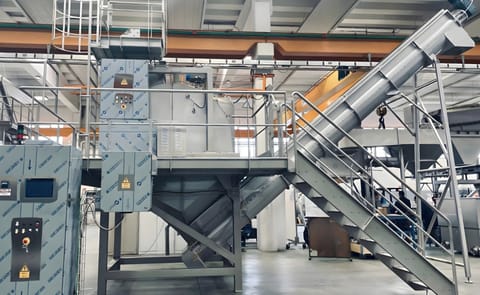As 2009 winds down, what’s ahead for 2010? Based on early indicators, business should improve. Interest in sustainable packaging and operations will continue. Concerns about drug counterfeiting and food safety remain high, and food processors and regulators will look for new ways to communicate nutrition messages. Packaging and converting machine innovations will focus on automation, network connectivity, flexibility and digital technology.
Economists seem to agree the economy is improving, albeit slowly. Positive indicators include small gains in industrial production and capacity utilization in July, August and September of 20091 and predictions of worldwide growth for containerboard through 2024 by RISI Global of Boston, Mass. Increased demand has prompted Catalyst Paper Corp. of Richmond, British Columbia, to restart one northern bleached softwood kraft line at its Crofton mill on Vancouver Island, British Columbia. Restart of the line, one of two shut down in February 2009, will add 210,000 metric tons of pulp capacity on an annualized basis for use in containerboard and other paper products.
On the negative side, the Equipment Leasing and Finance Association of Washington, D.C., reports new leases for equipment, including packaging machines, remain slow and credit approval levels are depressed. Fears of inflation are growing too as some suppliers, particularly those involved in paper/paperboard production, announce price increases. In addition, although initial claims for unemployment insurance declined in November 2009, unemployment is hovering around 10 percent putting pressure on consumer purchasing power.
With consumers watching their pennies, private-label products have gained market share, particularly in the United States and Europe.2 With consumer research firms like IRI of Chicago, Ill., predicting the shift in purchasing behavior is long-term, private-label product sales are expected to remain strong in 2010.2
Sustainable practices have become routine, but more can be done. As a result, end-users will continue to look for ways to downgauge, lightweight or eliminate packaging materials. The use of recycled polyethylene terephthalate will maintain its upward trend, and bioplastics will gain market share. A proliferation of concentrated formulas, particularly for cleaning products, will shrink container size and product shipping weight, and packaging that encourages reuse should gain space on store shelves.
Finally, with the realization that utilities represent a substantial, yet controllable, expense, end-users will adopt technology that helps monitor and reduce consumption of water, electricity, compressed air, etc. To help quantify energy costs and carbon footprint, packaging machinery manufacturers like Schneider Packaging Equipment Co., Inc. of Brewerton, N.Y., are beginning to build monitoring and analytic functionality into their equipment. In fact, Schneider’s Sustainability Measurement Option presents data like kilowatts, voltage, current and overall equipment effectiveness right on the human/machine interface. Some equipment also offers power-saving features. Unless product is present, the machine goes into a standby mode and conveyors stop.
With the poor economy encouraging drug counterfeiters and the delayed deadline for California’s electronic pedigree law approaching on January 1, 2011, implementation of track-and-trace technology will return to center stage in 2010 in the pharmaceutical industry. The item-level serialization required for track-and-trace capability involves printing a unique one- or two-dimensional bar code or applying a radio frequency identification tag on each primary pack and aggregating the items into cases, totes, pallets, orders and/or shipments. It also requires the infrastructure to read and authenticate codes at each step in the supply chain, as well as the software and data storage capability necessary to record, analyze and share the pedigree data. To stay one step ahead of increasingly sophisticated counterfeiters, drug makers are considering pill-level authentication technology such as inks, taggants, tiny codes or high-magnification imaging.
Traceability also is important in the food industry where regulators are working to identify sources of foodborne illness more quickly, and food processors want to rapidly identify and locate affected products in recall situations.
With food safety a top-of-mind concern with regulators and consumers, end-users favor hygienic machine design because it reduces risks associated with pathogen contamination, maximizes washdown effectiveness and minimizes downtime associated with cleaning. In addition to washdown compatibility, hygienic machine designs incorporate smooth, sloped surfaces throughout to prevent debris from collecting and may include clean/sterilize-in-place product contact parts.
Economists seem to agree the economy is improving, albeit slowly. Positive indicators include small gains in industrial production and capacity utilization in July, August and September of 20091 and predictions of worldwide growth for containerboard through 2024 by RISI Global of Boston, Mass. Increased demand has prompted Catalyst Paper Corp. of Richmond, British Columbia, to restart one northern bleached softwood kraft line at its Crofton mill on Vancouver Island, British Columbia. Restart of the line, one of two shut down in February 2009, will add 210,000 metric tons of pulp capacity on an annualized basis for use in containerboard and other paper products.
On the negative side, the Equipment Leasing and Finance Association of Washington, D.C., reports new leases for equipment, including packaging machines, remain slow and credit approval levels are depressed. Fears of inflation are growing too as some suppliers, particularly those involved in paper/paperboard production, announce price increases. In addition, although initial claims for unemployment insurance declined in November 2009, unemployment is hovering around 10 percent putting pressure on consumer purchasing power.
With consumers watching their pennies, private-label products have gained market share, particularly in the United States and Europe.2 With consumer research firms like IRI of Chicago, Ill., predicting the shift in purchasing behavior is long-term, private-label product sales are expected to remain strong in 2010.2
Sustainable practices have become routine, but more can be done. As a result, end-users will continue to look for ways to downgauge, lightweight or eliminate packaging materials. The use of recycled polyethylene terephthalate will maintain its upward trend, and bioplastics will gain market share. A proliferation of concentrated formulas, particularly for cleaning products, will shrink container size and product shipping weight, and packaging that encourages reuse should gain space on store shelves.
Finally, with the realization that utilities represent a substantial, yet controllable, expense, end-users will adopt technology that helps monitor and reduce consumption of water, electricity, compressed air, etc. To help quantify energy costs and carbon footprint, packaging machinery manufacturers like Schneider Packaging Equipment Co., Inc. of Brewerton, N.Y., are beginning to build monitoring and analytic functionality into their equipment. In fact, Schneider’s Sustainability Measurement Option presents data like kilowatts, voltage, current and overall equipment effectiveness right on the human/machine interface. Some equipment also offers power-saving features. Unless product is present, the machine goes into a standby mode and conveyors stop.
With the poor economy encouraging drug counterfeiters and the delayed deadline for California’s electronic pedigree law approaching on January 1, 2011, implementation of track-and-trace technology will return to center stage in 2010 in the pharmaceutical industry. The item-level serialization required for track-and-trace capability involves printing a unique one- or two-dimensional bar code or applying a radio frequency identification tag on each primary pack and aggregating the items into cases, totes, pallets, orders and/or shipments. It also requires the infrastructure to read and authenticate codes at each step in the supply chain, as well as the software and data storage capability necessary to record, analyze and share the pedigree data. To stay one step ahead of increasingly sophisticated counterfeiters, drug makers are considering pill-level authentication technology such as inks, taggants, tiny codes or high-magnification imaging.
Traceability also is important in the food industry where regulators are working to identify sources of foodborne illness more quickly, and food processors want to rapidly identify and locate affected products in recall situations.
With food safety a top-of-mind concern with regulators and consumers, end-users favor hygienic machine design because it reduces risks associated with pathogen contamination, maximizes washdown effectiveness and minimizes downtime associated with cleaning. In addition to washdown compatibility, hygienic machine designs incorporate smooth, sloped surfaces throughout to prevent debris from collecting and may include clean/sterilize-in-place product contact parts.










